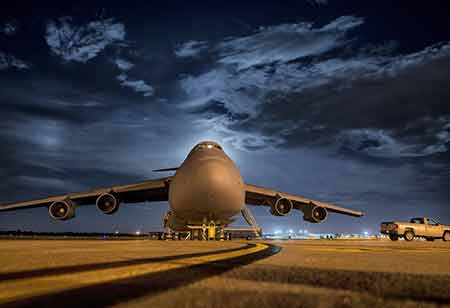THANK YOU FOR SUBSCRIBING
THANK YOU FOR SUBSCRIBING

By
Logistics Transportation Review | Tuesday, July 19, 2022
Stay ahead of the industry with exclusive feature stories on the top companies, expert insights and the latest news delivered straight to your inbox. Subscribe today.
Compound consumers' demands and expectations with the supply chain disruptions this year like shipping delays, peak surcharges, capacity crunches and labour shortages, and consumers have got a perfect storm for a technological revolution in last-mile delivery.
FREMONT, CA: Consumers' expectations of the home delivery experience have changed significantly over the past ten years, and this trend has been hastened by the epidemic brought on by the explosive growth of online shopping. Sales are anticipated to increase from USD 189 billion last season to between USD 210 billion and USD 218 billion this holiday season. There occurs a technological revolution in last-mile delivery when users combine customer wants and expectations with supply chain interruptions this year including shipping delays, peak surcharges, capacity constraints, and labour shortages. Both have posed serious problems for cities, putting pressure on last-mile logistics, congested city streets, and rising levels of noise and air pollution. The reaction to COVID-19 has increased pressure and demands while also emphasising the significance of distribution and delivery. A central drop-off/pick-up point for goods and packages that are positioned to serve a more condensed range of service regions is the micro-neighbourhood hub.
Delivery robots, autonomous driving, remote-controlled delivery, and micro-mobility vehicles have all advanced due to the new reality of social distance. According to a survey just released by Facts and Factors, the market for delivery robots is predicted to rise by 20.4 per cent from USD 17.13 billion in 2020 to USD 55 billion by 2026. Last-mile delivery has increased as a result of the epidemic, and this trend is expected to continue. According to the analysis, at least ten per cent to 20 per cent of the increases will persist beyond the pandemic, indicating that some of this increased demand will be long-lasting. Customers are increasingly purchasing novel things online while taking the environment and their health into account. Online shoppers are expanding their product selection while simultaneously becoming more environmentally conscious. For instance, 56 per cent of millennials said that choosing alternatives to home delivery is motivated by environmental protection. The last-mile ecosystem transformation is being fueled by tested technology. The last-mile revolution is already underway as scaled-up versions of proven technologies, despite the continued emergence of disruptive new technology like drones and delivery robots. As the costs of implementation reduce, technologies like parcel lockers and data sharing for load pooling are being implemented globally.
To fulfil the growing demand for environmentally friendly delivery vehicles, new business models are created. Online retailers can now take advantage of certain logistics providers' services to find the delivery routes best suited for a quick switch to electric delivery vehicles.
It is unlikely to be feasible to integrate sustainable delivery methods that considerably reduce C02 emissions while also enhancing communication and delivery times throughout the e-commerce sector overnight. However, if shippers and customers both become informed and insist that shippers utilise logistics companies with these qualities, not only will the environment be improved, but customers will also be more satisfied.
I agree We use cookies on this website to enhance your user experience. By clicking any link on this page you are giving your consent for us to set cookies. More info





